2K Views
Head Lice

by
A-1 Watkins Pest & Termite Control
(IC: professional)
A very common problem, especially for school-aged children ages 3-12 years old (girls more often than boys). Head Lice are tiny, wingless parasitic insects that live among human hairs and feed on extremely small amounts of blood drawn from the scalp. Their bites cause extreme itching of the scalp, leading to skin irritation and even infection in some cases. Although they don't spread disease, Lice are very contagious and and just downright annoying. They can quickly spread from person to person, especially in group settings (schools, childcare centers, slumber parties, etc.), through head-to-head contact, sharing clothes, bed linens, combs, brushes and hats (FYI: Lice are not spread through pets). Lice can't jump or fly, they have specially adapted claws that allow them to crawl and cling firmly to hair. They lay eggs (nits) on hair shafts close to the scalp, where the temperature is perfect for keeping them warm until they hatch in 1-2 weeks. Early treatment is extremely important to prevent further spreading. Over-the-counter medications or prescription medications are available to kill Lice. These medications are insecticides and it is crutial to follow the directions as indicated on the product label to ensure a successful treatment and to avoid the risk of causing harm. After treatment, you must comb out the eggs (nits) using a fine-tooth comb (usually comes with the product, but can be bought seperatly at a drug store). Seperate hairs into sections and comb one section at a time (works best on wet hair). Repeat complete treatment in 7-10 days to kill any new hatched nits. If your child is under 2 years of age, you should not use medicated treatments. You will need to remove nits and lice by hand, be patient, this can be very time-consuming. Purchase the fine-tooth comb, wet and condition hair, seperate into sections, comb one section at a time. Repeat every 2-3 days for 2 weeks. In addition, wash all bed linens and clothing that has recently been used by anyone in your home who's infested, in very hot water and dry on high for at least 20 minutes (Anything that can't be washed should be dry cleaned). Vacuum carpets & upholstered furniture in your home & car (Medicated spray is available, but use with caution, especially around small children). Soak hair-care items (comb, brush, hair ties, band, etc... in medicated shampoo or very hot water for at least 30 minutes or just throw them away & purchase new ones. Since Lice are easily passed from person-to-person in the same house, it is highly recommended to treat all family members to prevent re-infestation (Call your doctor is problems persist after treatment). It is also important to talk to your kids about Lice & how they are spread (School nurses can provide information as well). Emphasize that although having Lice can certainly be very embarrassing for them, anyone can get them and that they are not a sign of uncleanliness or poor hygiene. Kids need to understand that they have not done anything wrong and reassure them that as aggravating as getting rid of these annoying insects can be, there is light at the end of the tunnel.
Enjoyed the project?
Published November 19th, 2012 4:33 PM
Comments
Join the conversation
3 of 10 comments
-
Best and quickest remedy is vinegar. With dry hair soak head with vinegar. Leave it on for a few minutes and then shower as normal. Vinegar is actually good to balance your PH so this is a positive in more ways than one. Also leaves hair shiny. My daughters friend brought it to our home multiple times over the course of a year before finally dropping the store bought treatments and using vinegar. Literally works instantly. And soothsayer any itching instantly. I also used the flat iron afterward to be sure there were no eggs that may have survived
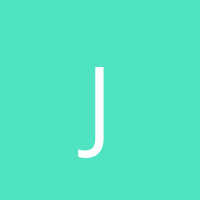 Jgc3565975
on Dec 28, 2015
Jgc3565975
on Dec 28, 2015
-
-
My mum's been a hairdresser for 30 odd years and head lice are the bane of her existence. back in the day, it was actually illegal in salons (in Qld and NSW, Australia) for a hairdresser to continue working once lice were spotted. Nowadays it's not, but it's still pretty annoying for hairdressers, parents, and kids. It's so simple to get rid of them and prevent them from coming back. What you've got to do: check your kids' hair regularly - weekly, fortnightly, monthly, whatever easiest (depends on how concerned you are). What you're looking for are little bugs - they look like dirt but they move. At the first sign of them, head to your local cheapo shop or chemist and get a two dollar nit comb. Sometimes they come in packs, sometimes on their own - it doesn't matter. A cheap plastic nit comb is pretty easy to find. While you're there, grab a bottle of the cheapest conditioner you can find. Whack the conditioner on your kid's head, massage it in scalp to ends, comb it through thoroughly, and rinse. Make sure you don't miss any part of the hair and scalp with the comb - lice can be tricky little buggers and their eggs are tiny. As much as you save by not getting some medicated crap that does nothing, you may as well not bother if you leave eggs to hatch and bite you - and your child - in the bum. Now, you should be able to find some laundry detergent that's antibacterial - run clothing, bedding, plush toys, hats, etc through the washing machine. Put your child's mattress out to air, Glen 20 the crap out of it and you should be set til the next time some slack parent lets their kid go to school and infect your offspring. Prevention can be the best cure of all so, again, check heads regularly and make sure to put your child's hair up/pull it back/ keep it trimmed to a neat length. And for the love of all that's holy, while it may be a bit of a pain for all involved, it's not your child's fault they've got nits so be sure to keep it all light and maybe get them involved - count the icky bugs, help bundle up the linens, get them involved. Cheers!
 Skye
on Aug 22, 2016
Skye
on Aug 22, 2016
-



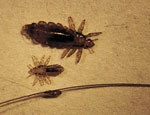

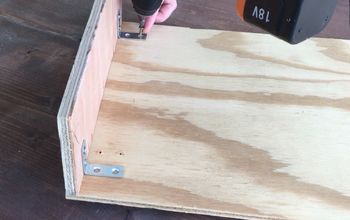
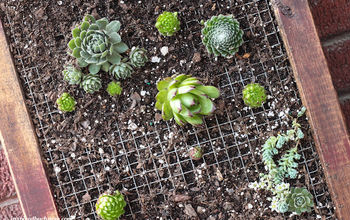
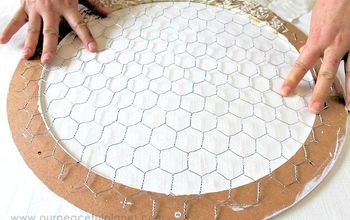
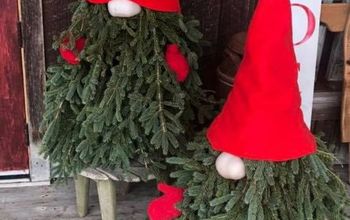

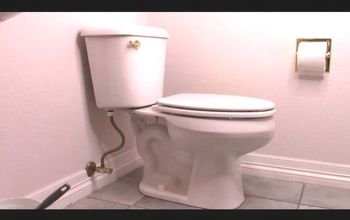
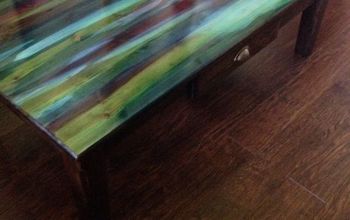
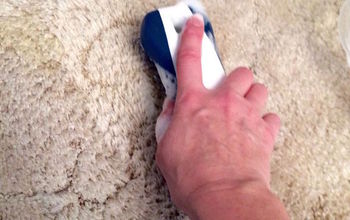
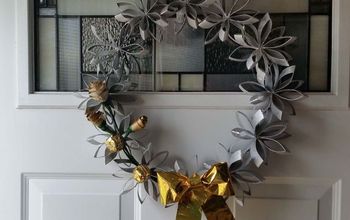



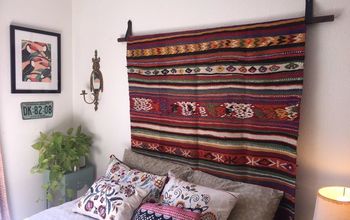
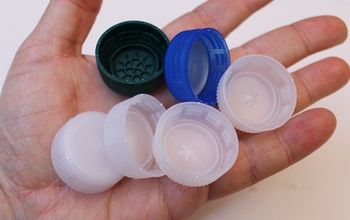
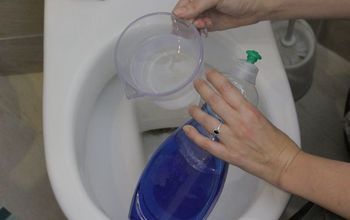
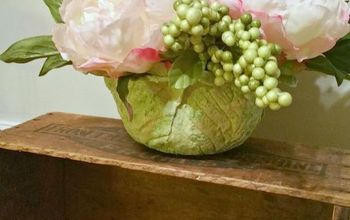
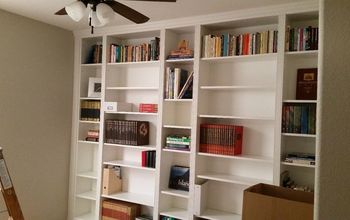

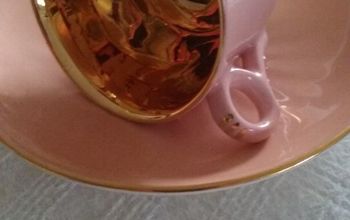
Frequently asked questions
Have a question about this project?